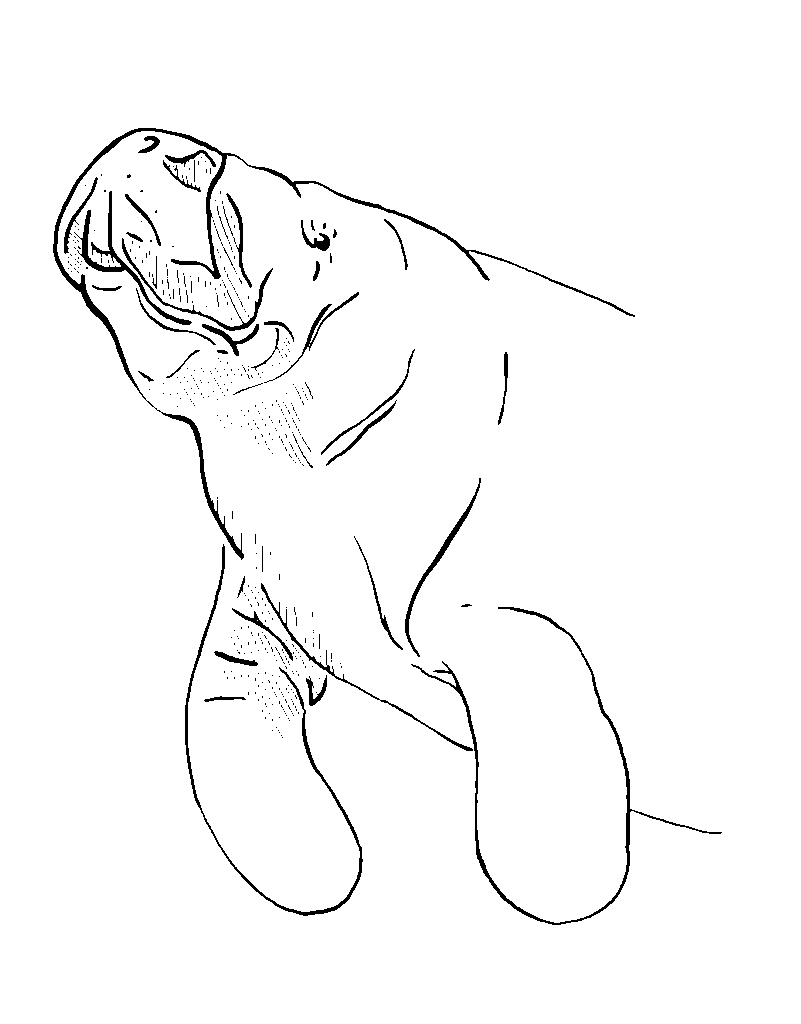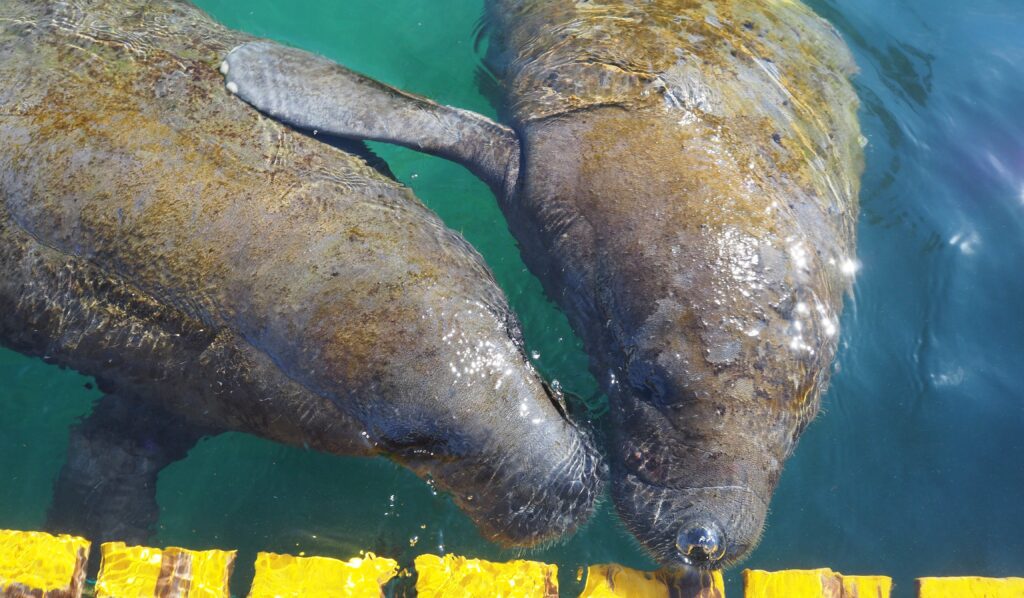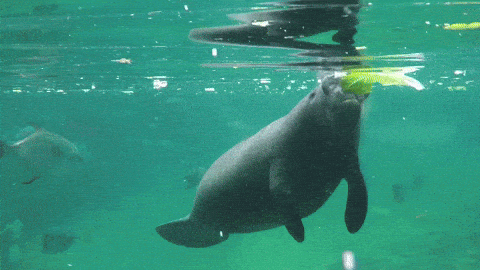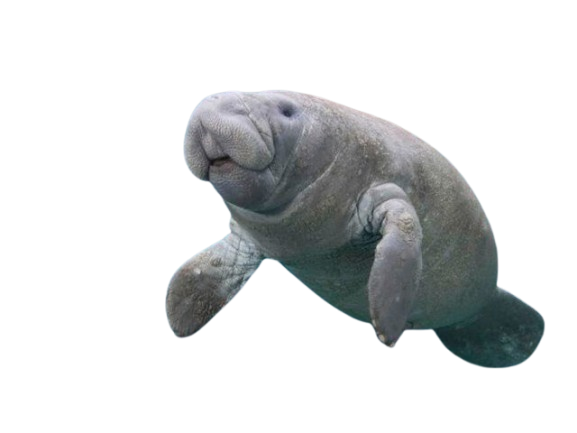In contrast to prior research and initial expectations, the findings suggest that manatees have a reduced sense of taste.
Anatomy and genetics
Given the number, distribution and arrangement of taste buds in the mouth of manatees, it has been suggested that their sense of taste is essential for their survival.
- The number of taste buds found in manatees seem to be higher than in cetaceans and pinnipeds, and may be comparable to that of the bovine tongue. Given that bovines, such as cows and sheep, are capable of perceiving the 5 basic tastes, it is therefore reasonable to assume that manatees would also have a well-developed sense of taste.
However, genetic analysis showed that two taste-specific genes involded in the perception of sweet, bitter, and umami were found to have undergone rapid evolutionary changes and to be under relaxed constraints in manatees, suggesting a possible diminished sensitivity to these tastants.



Diet and food selection
Given the herbivorous diet of manatees, it should be advantageous for them to have a functional sense of taste in order to detect toxins and nutrients.
- Herbivores are under greater selective pressure to identify poisonous food. Therefore, being able to detect such compounds should be advantageous for manatees to protect themselves. However, it is currently not known whether toxic plants are found in the areas where manatees live in the wild.
- Wild manatees are associated with areas of diverse and abundant food items rather than areas of nutrient-rich food items. Therefore, they may be less specialized in their feeding habits and can supplement their diet by consuming different plant species.
- Perception may also play a key role in food selection in manatees and it is possible that tactile input contributes to their dietary choices.
Freshwater and osmoregulation
Freshwater is considered as an important habitat feature for manatees. However, the reasons for their association with freshwater remain unclear.
- In the wild, the presence and movements of manatees are closely linked to freshwater as their distribution correlates with proximity to freshwater sources.
- Wild manatees have been observed drinking freshwater from artificial sources. However, the drinking habits of manatees are unknown.
- It has been suggested that manatees have a physiological need to consume freshwater to maintain their homeostasis. However, the mechanisms of osmoregulation in manatees are not fully understood.

The present findings suggest that the herbivorous dietary specialisation of manatees may not have prevented a reduction in their sense of taste, possibly due to the pseudogenisation of their taste receptor genes. However, the functionality and possible loss of taste receptor genes in sirenians remains largely unexplored and warrants further investigation. The findings also suggest that manatees might use a different modality than taste to locate and find freshwater.
Would you like more details about my thesis? Let’s go to the Downloads or Contact me! ; )